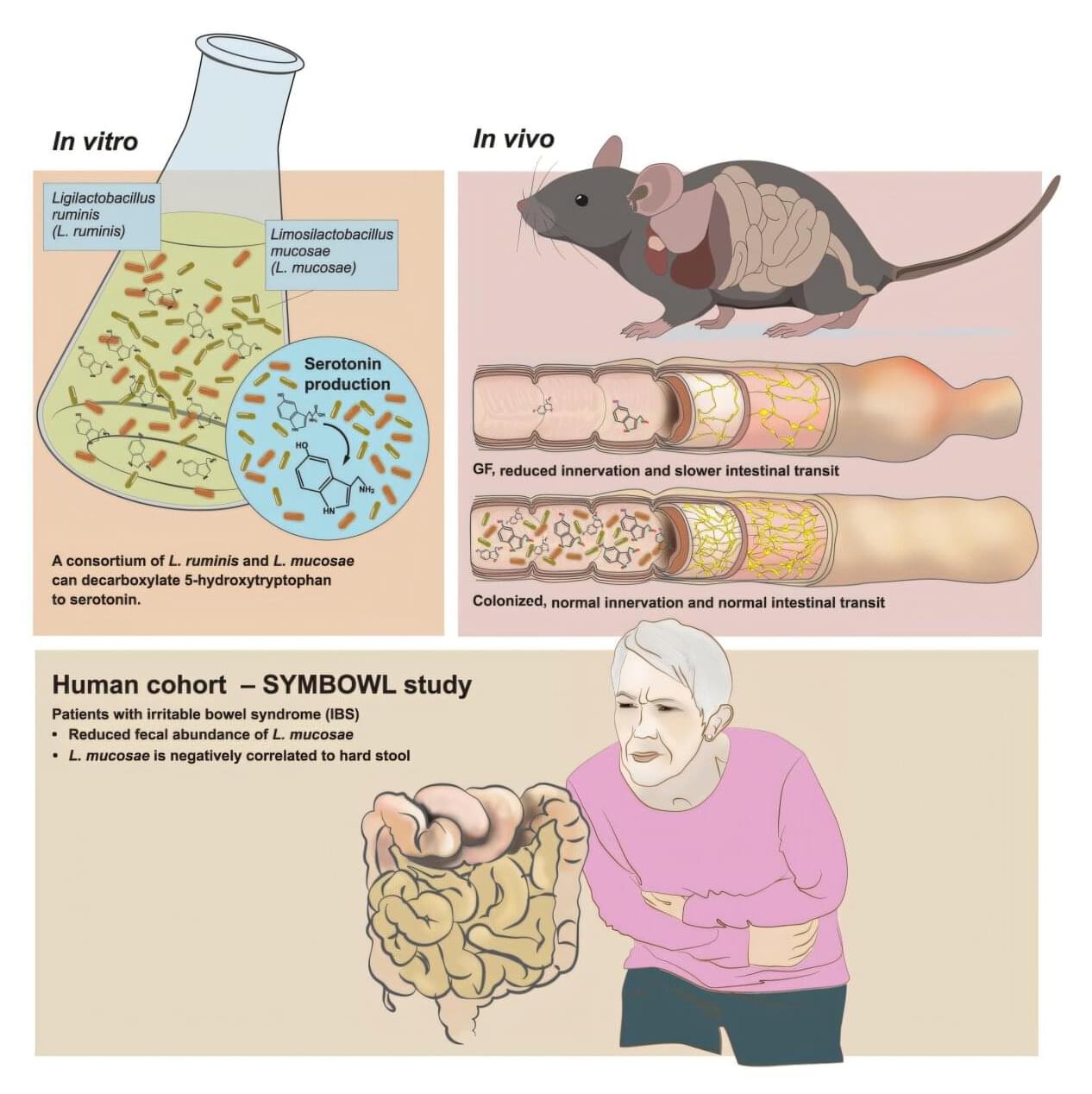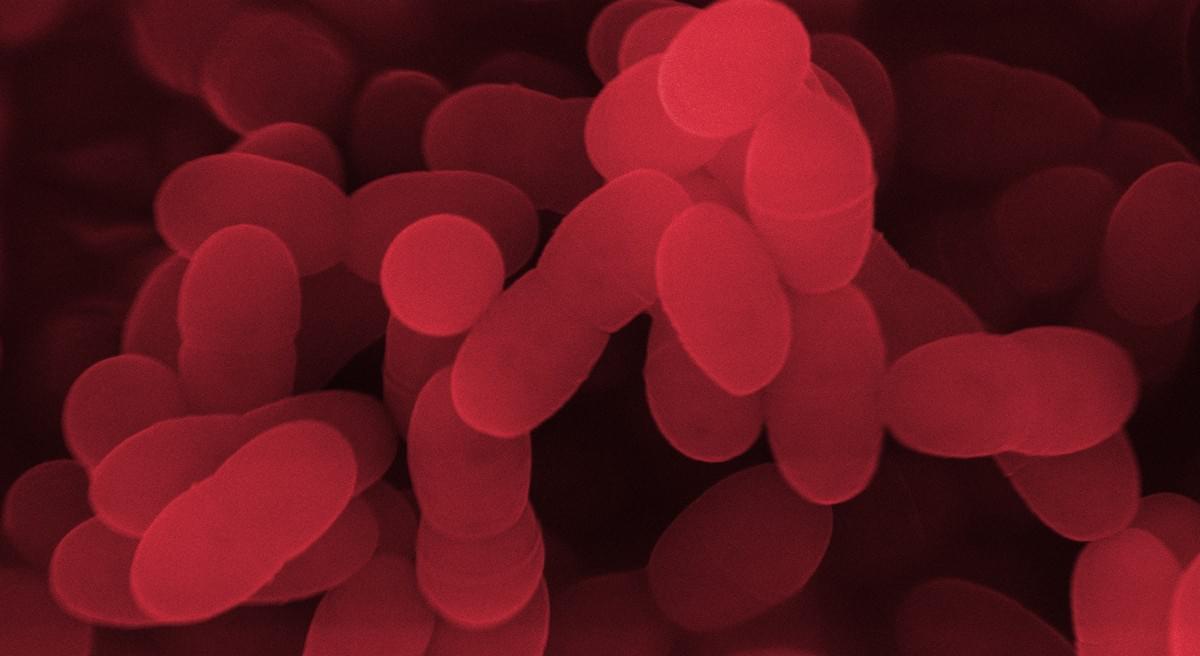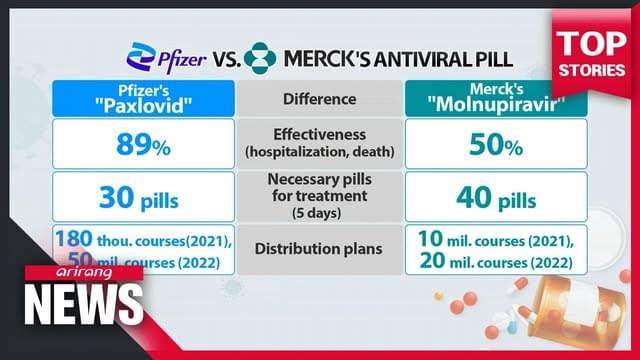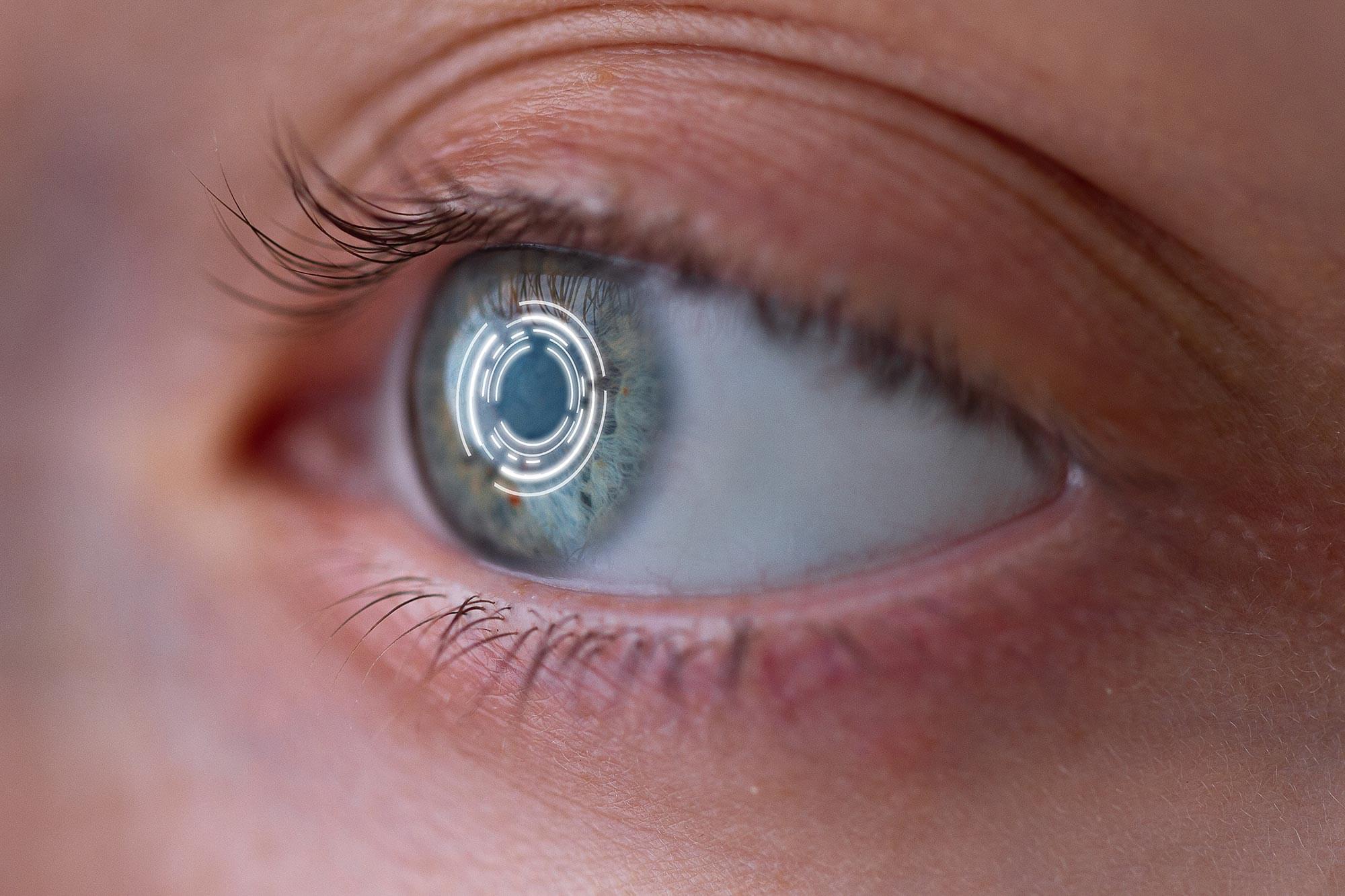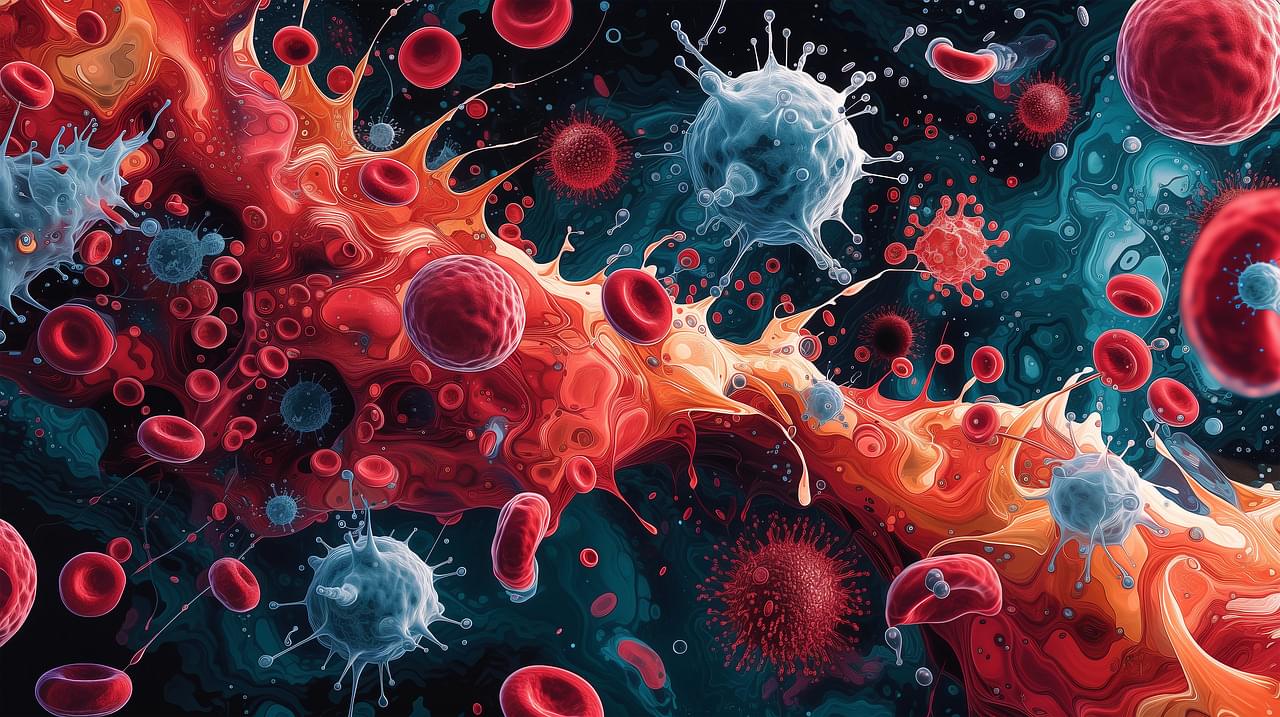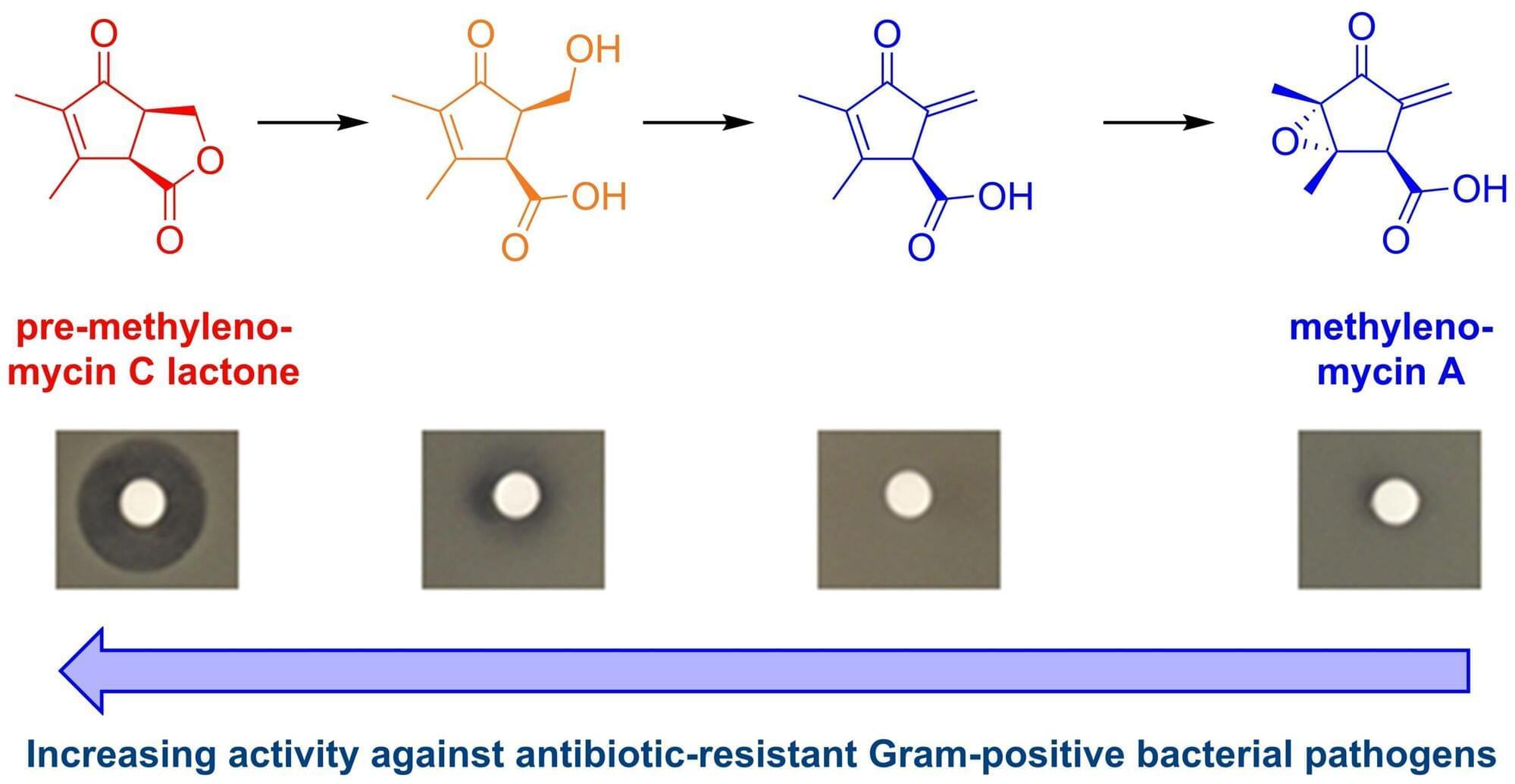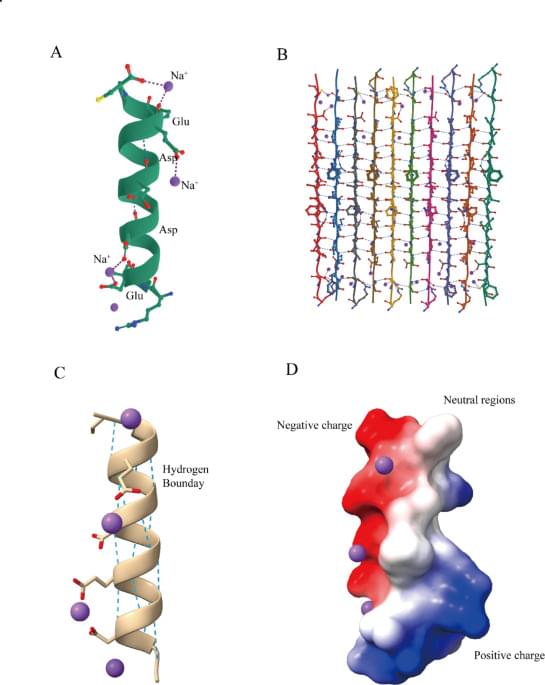A new ultrasound-based imaging tech has been developed to map the organ blood flow in four dimensions (3D + time) — a level of detail previously unattainable.
This new medical imaging tech could provide deeper insights into the circulatory system as well as enhance the diagnosis and treatment of blood circulation-related diseases.
The development comes from a team of Inserm researchers at the Physics for Medicine Institute (Inserm/ESPCI Paris-PSL/CNRS) in France.

